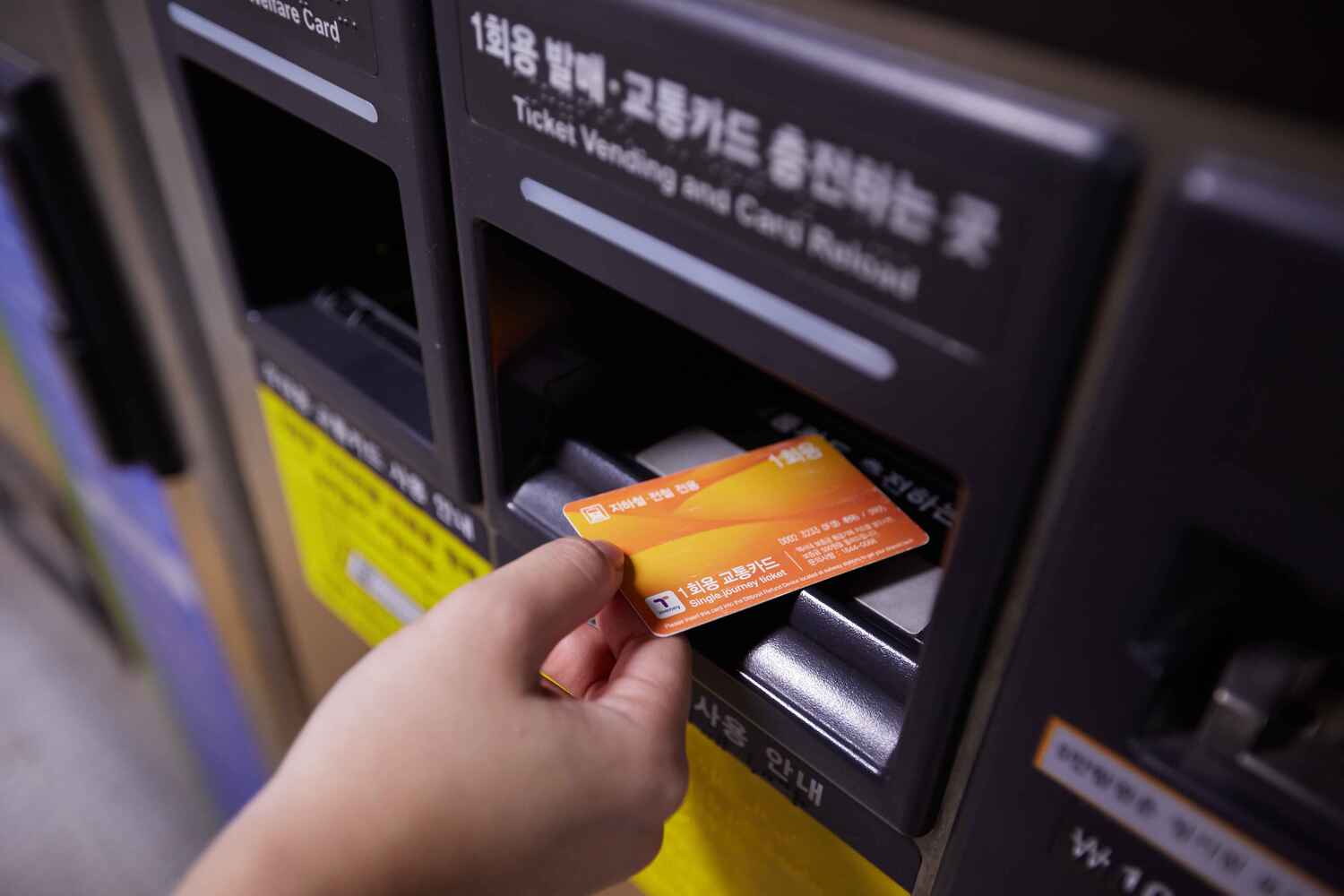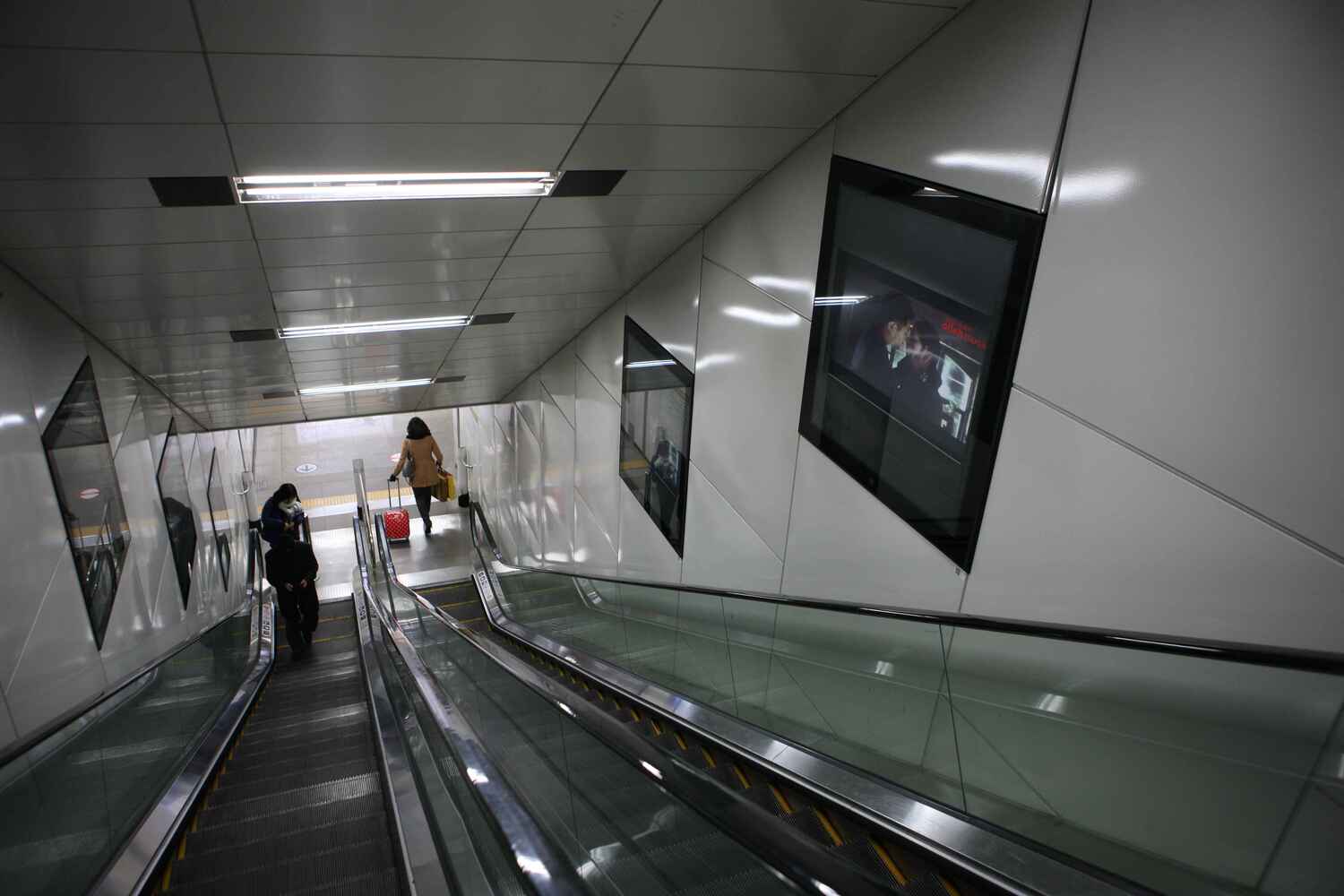Korea’s subway system is one of the most efficient and convenient public transportation systems in the world. It is an essential resource for foreign tourists traveling in Korea. Operating mainly in major cities such as Seoul, Busan, and Daegu, Korea’s subway is known for its punctual schedules and well-organized routes, allowing for quick and safe travel to your destination. In this guide, we’ll provide useful information for foreign visitors on how to use the Korean subway.
Subway Map
The subway system in Korea’s major cities consists of multiple lines, each distinguished by its own color and number. For example, Seoul Subway Line 1 is represented by blue, and Line 2 by green. These colors and numbers make it easy for foreign visitors to navigate even complex routes without confusion. Subway stations are equipped with maps marked in English, Japanese, and Chinese for added convenience. Additionally, smartphone applications provide real-time route information and transfer guides.
Purchasing Tickets

[ⓒ한국관광공사 포토코리아-한국관광공사, 스튜디오 프레임 주민호]
In Korea, subway fares can be paid either by purchasing a ticket or using a transportation card, such as the T-money card, which is the most common option. These cards can be purchased at subway stations or convenience stores and recharged for continued use. Using a transportation card eliminates the need to buy a ticket each time and offers transfer discounts when switching between buses and subways.
One-time use tickets are also available and can be purchased from ticket vending machines at the stations. These machines offer English, Chinese, and Japanese options, so language barriers won’t be an issue. When you finish your journey, you can return the single-use ticket at your destination to receive a 500 KRW deposit back.
Operating Hours and Train Frequency
The Korean subway generally operates from 5:30 AM to midnight, though exact operating times may vary depending on the city and line. It’s always a good idea to check the first and last train times before traveling. During rush hours, trains arrive every 2-5 minutes, while during non-peak hours, the intervals are 5-10 minutes, ensuring that passengers don’t have to wait long to board.
Transfer System

[ⓒ한국관광공사 포토코리아-한국관광공사, 스튜디오 프레임 주민호]
The Korean subway system offers a very well-organized transfer system. Most subway stations connect two or more lines, making it easy to switch between routes to reach your destination. Clear signage within the stations guides you to the appropriate transfer points, so there’s little risk of getting lost. When using a transportation card, you can transfer between buses and subways without paying additional fare or with only a minimal additional charge.
Subway Etiquette
There are a few important etiquette rules to follow when using the subway in Korea. First, priority seats are reserved for the elderly, pregnant women, the disabled, and passengers with small children. Even if these seats are vacant, it’s customary to leave them for those in need. Second, it’s considered polite to avoid phone calls and set your phone to silent mode while on the subway. Most passengers read books or use their phones quietly to minimize noise. Lastly, Korea has a well-established queue culture, so make sure to line up when boarding and allow passengers to disembark first.
Facilities

[ⓒ한국관광공사 포토코리아-한국관광공사 김지호]
Korean subway stations are equipped with a variety of amenities for passenger convenience. Most stations provide free Wi-Fi, restrooms, and vending machines for a comfortable travel experience. In larger stations, luggage lockers are available, allowing travelers to store their heavy bags and enjoy their sightseeing without burden. Elevators and escalators are also installed in most stations to ensure accessibility for the elderly and disabled, guaranteeing safe mobility.
Access to Tourist Attractions
The subway provides easy access to Korea’s major tourist attractions. For example, in Seoul, Line 3 takes you to Gyeongbokgung Palace and Bukchon Hanok Village, while Line 4 connects to Myeongdong and Namsan Seoul Tower. In Busan, Line 1 takes you to Haeundae and Gwangalli Beach. The subway is the best transportation option for getting to your destination quickly without traffic delays.
Safety and Cleanliness

[ⓒ한국관광공사 포토코리아-한국관광공사 이범수]
Korea’s subway system is known for being both safe and clean. CCTV cameras are installed inside the trains, and station staff are always present to assist in case of any issues. Stations and trains are regularly cleaned and disinfected, ensuring that passengers can travel in a comfortable and hygienic environment.
Using Subway Apps
To make your subway travel even more convenient, it’s recommended to use subway apps. Apps provide real-time train arrival information, transfer guides, and optimal routes. These apps are available in English, making them easy for foreign visitors to use and helping you navigate Korea’s subway system efficiently without getting lost.
Korea’s subway system is highly convenient, punctual, and safe, making it a very tourist-friendly mode of transportation for foreign visitors. With a wide range of lines and an efficient transfer system, it allows you to quickly and easily visit various attractions across Korea. You can use either a transportation card or a single-use ticket for even more efficient travel. To visit Korea, you must apply for K-ETA before entering the country, and once you arrive, utilizing the subway will help you save time and money, ensuring a comfortable and enjoyable trip.